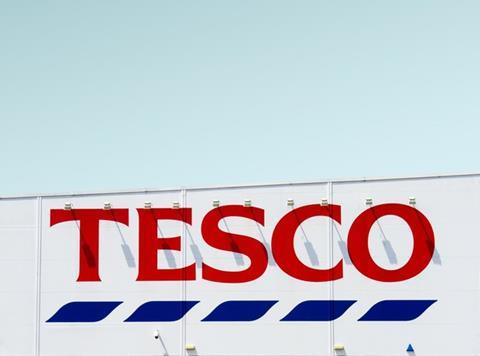
Tesco would be the main beneficiary if customers shopping at a Sainsbury’s or Asda store were forced to shop elsewhere, according to research by the Competition & Markets Authority.
The watchdog has published the findings of a 20,000-shopper exit poll carried out by Kantar Public as part of its investigation into the proposed merger between the two supermarkets.
The survey was used to underpin its provisional findings that the merger would lead to serious loss of competition on a national and local level.
Sainsbury’s and Asda have claimed the rise of discounters Aldi and Lidl has changed the competitive landscape and is one of the reasons its megadeal should be allowed to go through.
However, the CMA’s provisional findings said that while the discounters provide a competitive constraint on Asda and Sainsbury’s, it is “materially weaker” than that provided by the other ‘big four’ retailers.
The CMA’s store exit survey, carried out in September and October last year, found between 50% and 60% of consumers said they would divert to another big four store, once the possibility of them going to another store of the same brand had been excluded.
In contrast, it found only 10%-20% of respondents would divert to a discounter, 0%-5% to Waitrose, 0%-5% to a Co-op, 0%-5% to M&S and 0%-5% Iceland.
Just 6% of customers for both parties said they would divert online.
Those who would divert to a physical store were asked what store fascia they would divert to. For both Sainsbury’s and Asda customers, Tesco was the most commonly cited option mentioned: 30% of Sainsbury’s revenue and 28% of Asda revenue would go to Tesco.
The survey concluded that convenience was by far the biggest reason for the choice of store, a key factor that would favour the big four operators compared with the discounters, if consumers were forced to find another store.
More than two-thirds of respondents mentioned convenient location as the number one driver for their choice of store (68% of Sainsbury’s respondents/71% of Asda respondents), with good prices (9%/35%), familiarity with the store (19%/14%) and a wide range of products (15%/15%) the other biggest factors.
However, more than two-thirds of respondents said that having ‘a wide choice of products’ was essential or very important (68% of Sainsbury’s respondents/71% of Asda’s respondents) while about half said good special offers were essential or very important (45%/56%) and two-fifths said ‘having well-known brands’ was essential or very important (38%/41%).
The exit poll found 27% of Sainsbury’s customers and 29% of Asda’s customers said they had just bought non-grocery items such as clothing, stationery, electricals and toys in addition to groceries, while 18% of Sainsbury’s customers and 15% of Asda’s customers at those stores with a petrol station had also bought fuel, another factor stacking competition in favour of the big four.
The CMA found Asda shoppers were more likely to switch to one of the discounters than Sainsbury’s customers. It found 19% of Asda customer revenue would divert to either Aldi or Lidl compared with 10% of Sainsbury’s customer revenue. Asda revenue was also more likely than Sainsbury’s revenue to divert to a Morrisons store (15% vs 10%).
The results also differed by age, with Sainsbury’s customers over 55 more likely than younger customers to divert to another Sainsbury’s, to Morrisons, or to Waitrose.
By contrast, revenue from older Sainsbury’s customers was less likely to divert to Tesco, Asda, Aldi or Lidl. Among Asda customers, revenue from older customers was more likely than from younger customers to divert to Sainsbury’s or Morrisons, but less likely to divert to Tesco.
As Sainsbury’s and Asda try to convince the CMA to think again about its provisional findings, they are understood to be arguing that there is consitently greater switching from Asda and Sainsbury’s to Aldi or Lidl than there is between Sainsbury’s and Asda.
They also point to growing basket sizes at the discounters with the retailers claiming Aldi and Lidl provide “fierce” competition which is a “fundamental driver” of the merger plan.







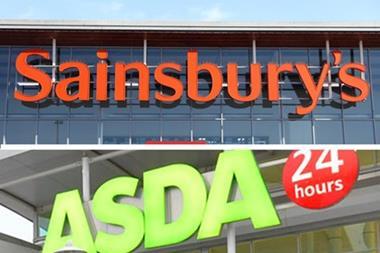

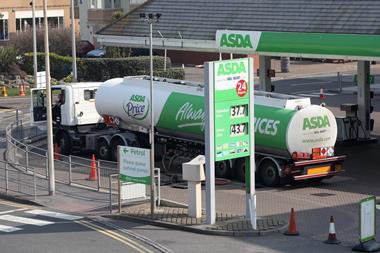

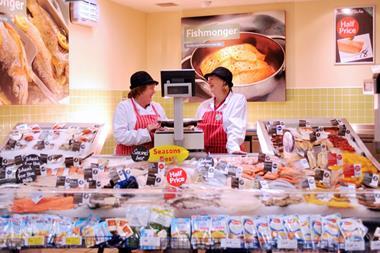


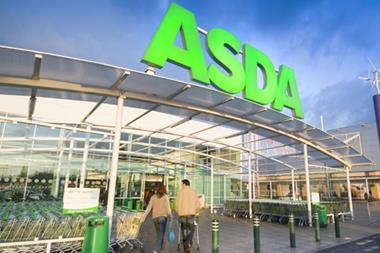




No comments yet